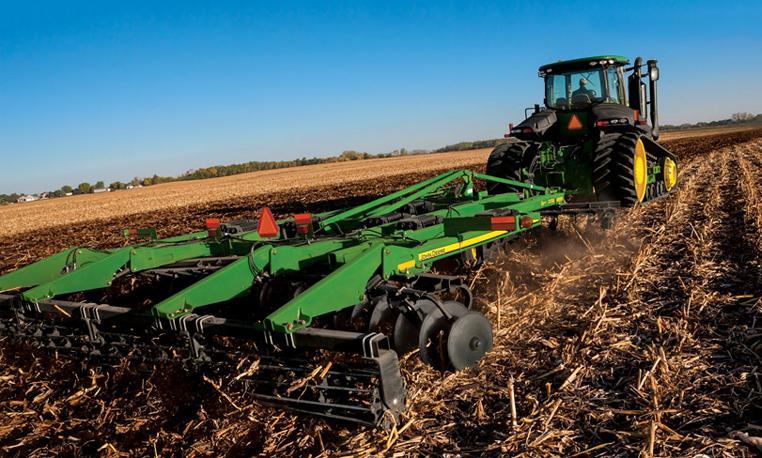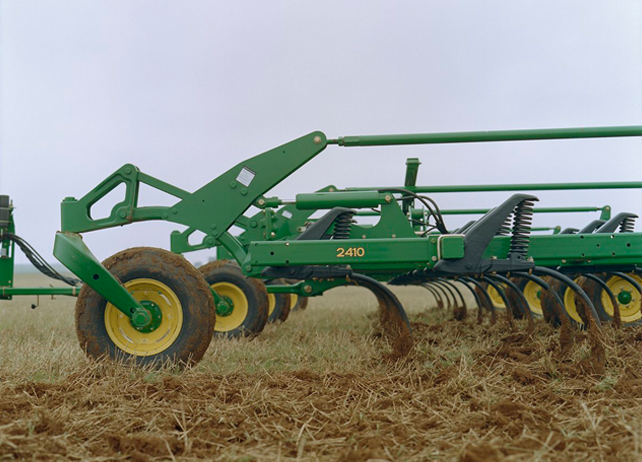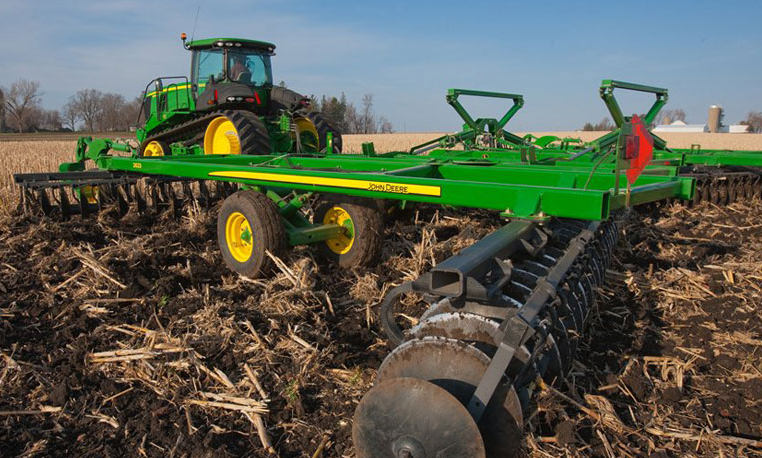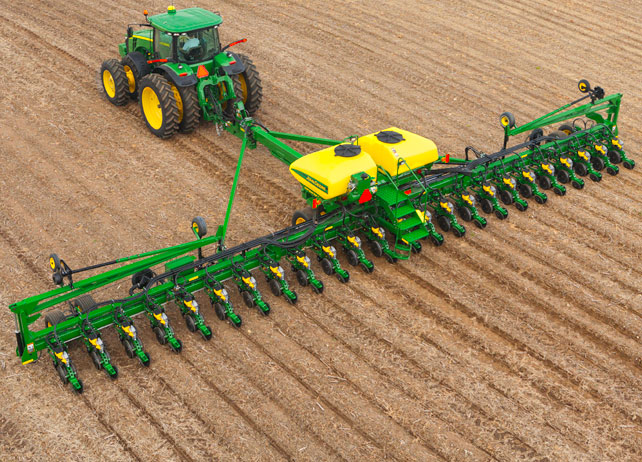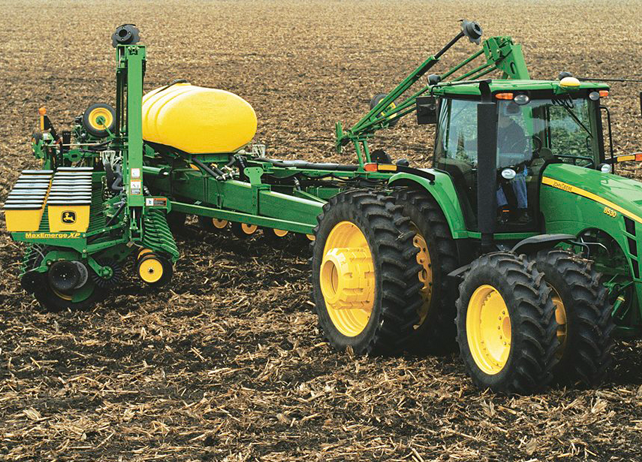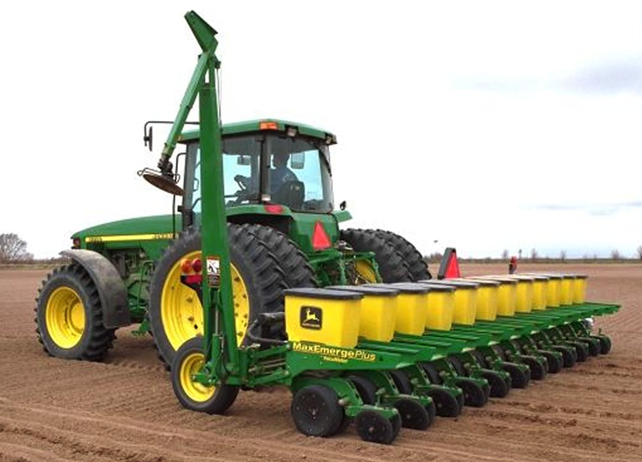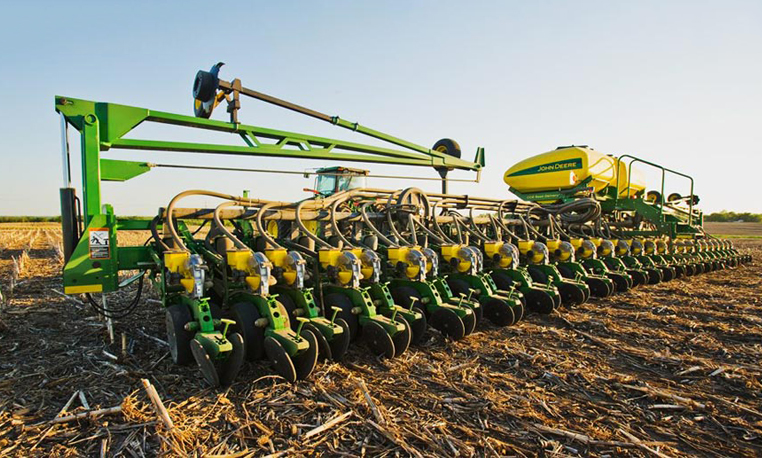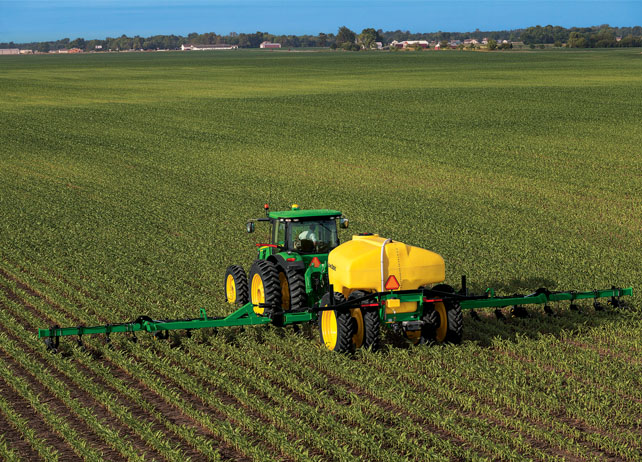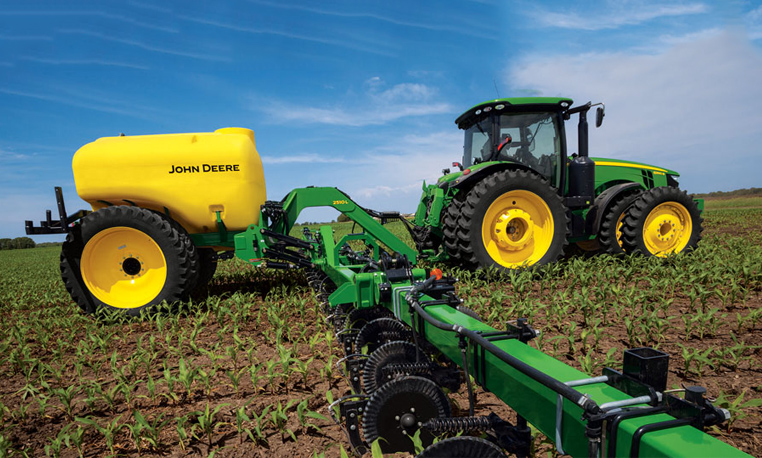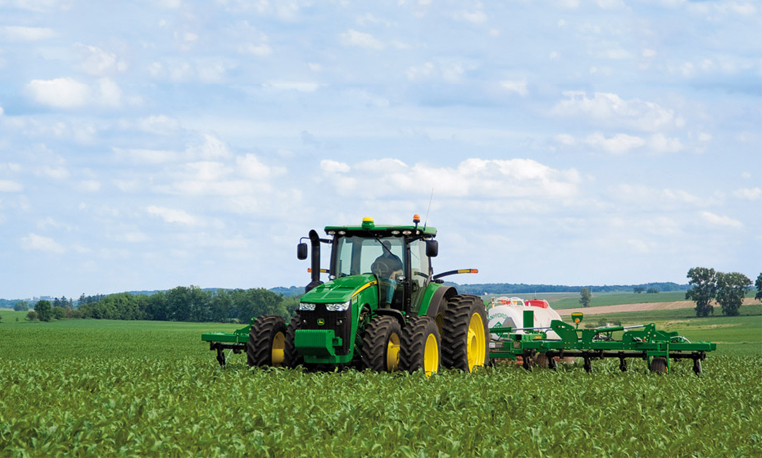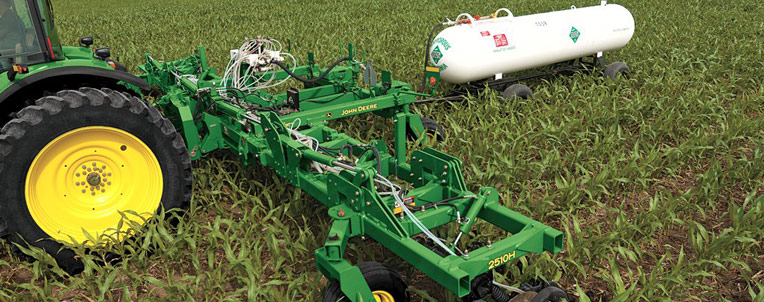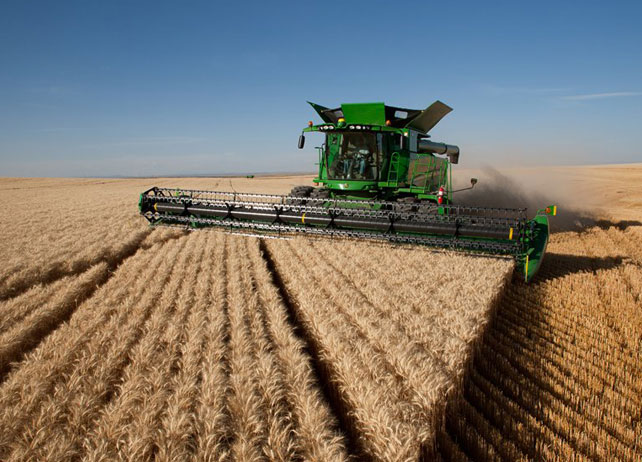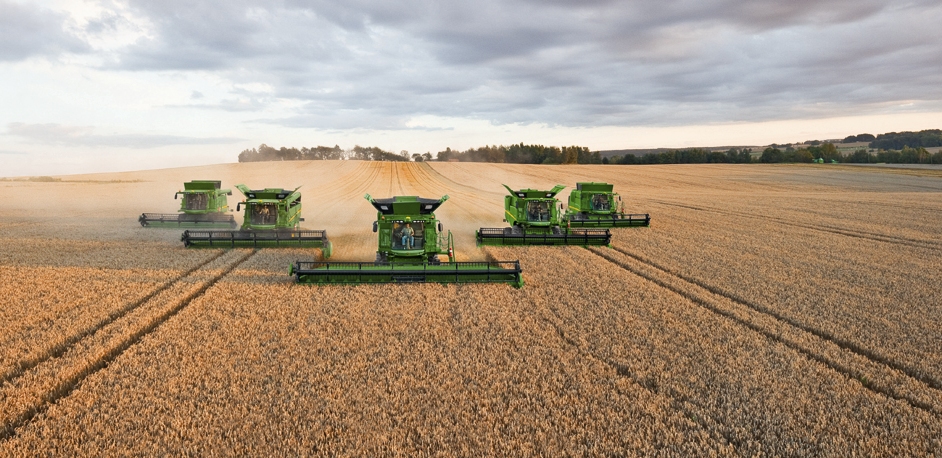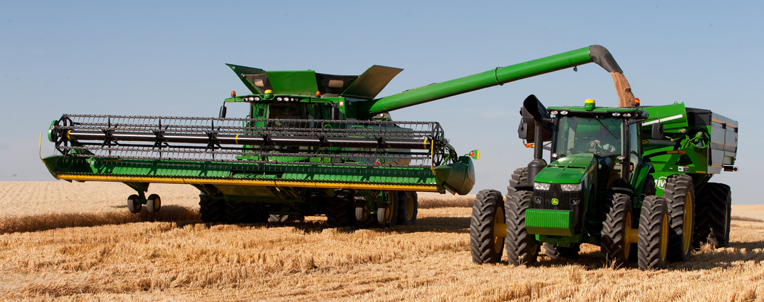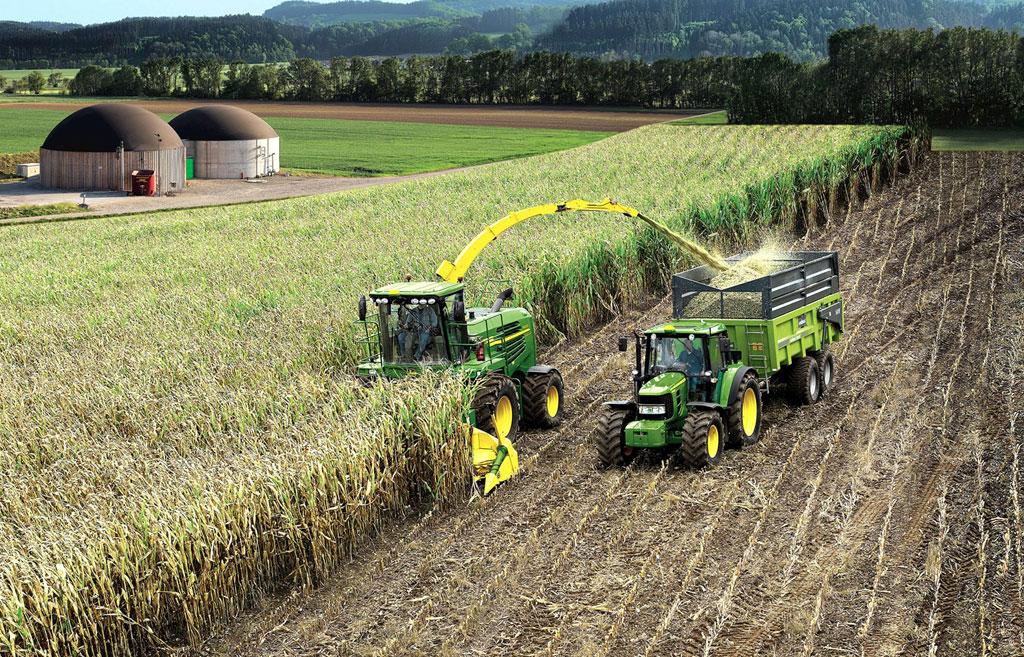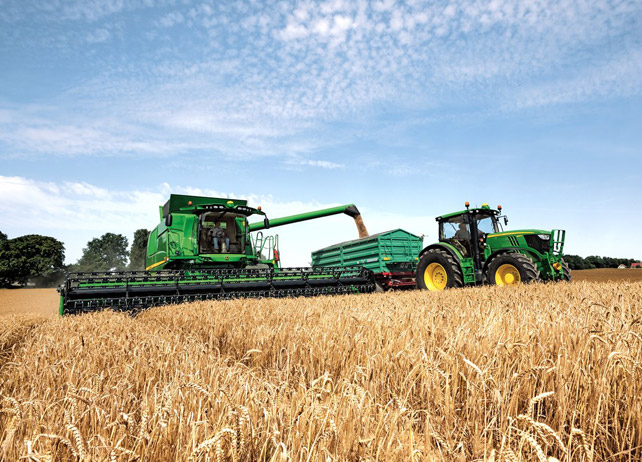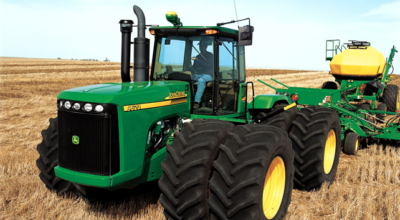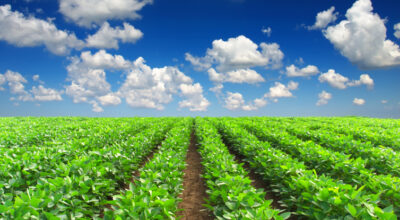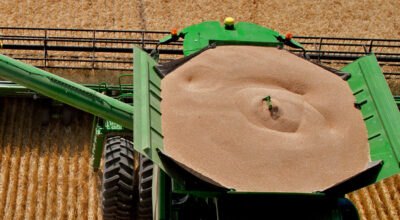From the early dawn of the spring season through the last daylight of fall, U.S. crop producers take to the fields to tend to their fields and crops. A series of responsibilities each contribute to the larger crop farming process which helps generate crops for the growing population.
We’ve put together an image gallery of 20 photos that show the crop farming process from tilling in the fall, all the way through storage before winter arrives, enjoy!
Tillage: Before planting can be done, the soil needs to be prepared through tillage. This process eliminates weeds that may be in the seedbed competing for nutrients that will be critical in crop development. Tillage can be done any time between the fall harvest and spring planting, however, the closer to planting season tillage is completed, the better the results will be.
Planting: Throughout the U.S., most crops are planted in the spring, with exception of winter wheat, which is generally planted in the fall before going dormant in the winter. Tractors equipped with planters or drills take to the fields, getting their crops in the freshly tilled soil.
Nutrient and Pest Management: Applying just the right amount of nutrients to crops (fertilizing) allows producers to achieve a maximum yield. Sprayers can also be used to protect crops from pests by utilizing pesticides or other crop protecting chemicals.
Harvest: Once the crops have been planted, fertilized, and have had time to mature, it’s then time for producers to collect their crop through harvesting. Combines and other harvesting machines make it possible for producers to gather and transport their crop into storage, to be prepared for distribution to the market.
Storage: Immediately after crops have been harvested, they will be put into bins and often times taken to grain silos prior to hitting the market.
Next crop farming season, don’t forget to take a step back appreciate the imagery that can be developed from work in the fields. We hope this point inspired some motivation while we count down the days to the spring! If you enjoyed this post or want to read others, feel free to connect with us on Facebook!
